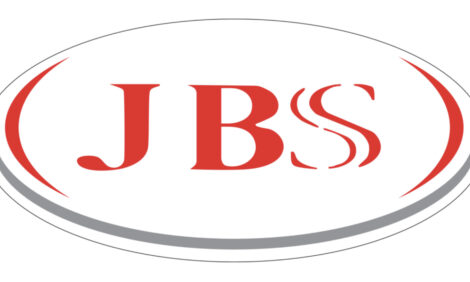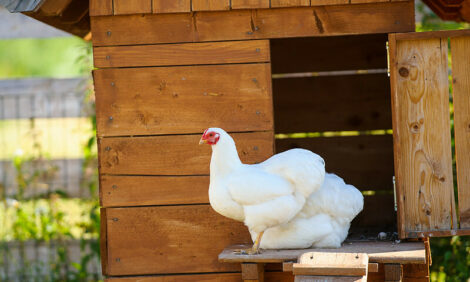



Call for Animal-based Measures to Assess Broiler Welfare
ANALYSIS - A new study from the European Food Safety Authority has shown that animal-based measures can be used effectively in on-farm evaluations of broiler welfare in relation to laws, codes of practice, quality assurance schemes, management and also partly for ante-mortem inspection.Some animal-based measures can also be taken post-mortem at the slaughterhouse.
The study says that non-animal-based measures can be used when the association between them and the welfare outcome is strong and when they are more efficient than animal-based measures as a means to safeguard welfare.
They can also be useful predictors of welfare in broilers.
The choice of animal-based measures will depend upon the specific objectives of the assessment.
EFSA said that the full list is like a ‘toolbox’, from which the appropriate set of measures can be selected.
While the Welfare Quality protocol provides information on the majority of the welfare outcomes for the main factors identified in the EFSA Scientific Opinions it is not the est source of information when time limitation prevent it.
EFSA believes that there is a lack of research on the use of animal-based measures on-farm and in the slaughterhouse to assess pain, frustration, boredom and other negative or positive emotional states in the standard broiler.
It says that there are limited management options to prevent poor welfare when the flock is still in the house such as those to improve the ventilation system.
EFSA beliueves that the same applies to the negative consequences arising from genetic selection.
The food safety authority has called for more systematic flock monitoring and surveillance programmes in the broiler industry.
It says that visual inspection has a very high potential to improve animal welfare in broiler production, when a range of appropriate animal-based measures is used in the slaughterhouse.
EFSA also calls for benchmarking to be used to document welfare changes over time, including automatic monitoring and assessment systems.
However, it adds that attention should also be paid to initial and ongoing training of assessors in the field and in the abattoir to ensure valid and robust measurements.
Further ReadingYou can view the full report by clicking here. |









